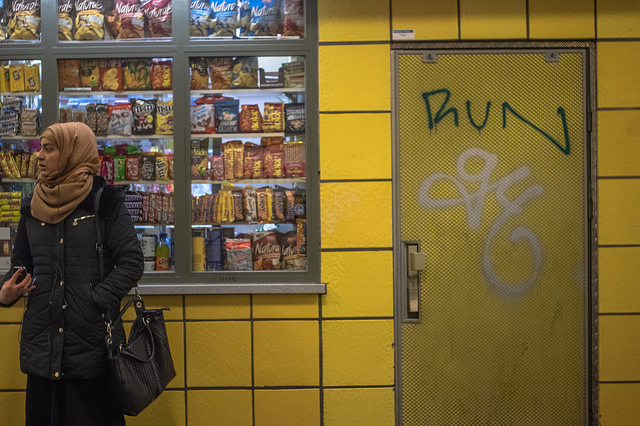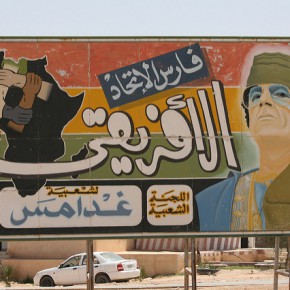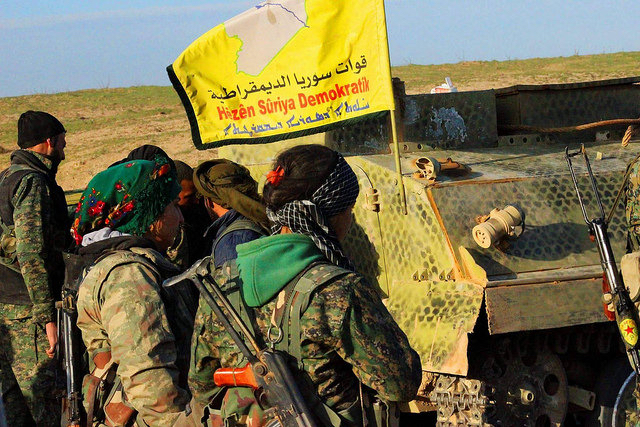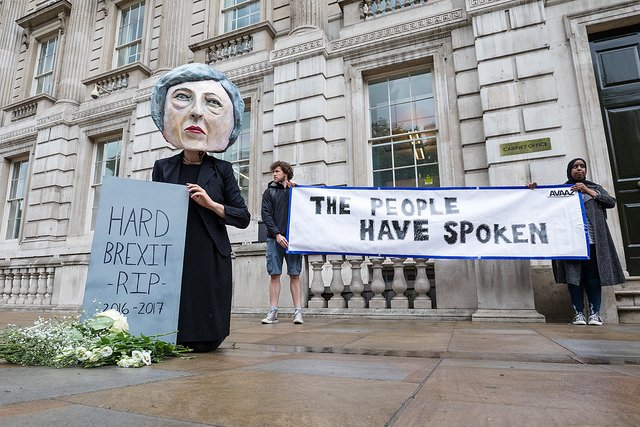In this first installment of a three-part series, we explore the threats faced by female refugees, especially Syrian women – including the risk of being trafficked into the sex trade on their journeys to Europe and even after reaching its shores.
Najla sits alone atop a hillock in the Moria reception camp, the main registration point on the Greek island of Lesbos. She is waiting for a friend to come back, she says, then backpedals and shows a cheap ring on her left hand. The 27-year-old claims she has been married for eight years, but never had children. Her story is vague on details and she appears guarded. Being a woman on the move, far away from home and with little support or community, is no easy task.
She fled Iraq when the Islamic State group (ISIS) took hold of her hometown. “I had friends who were raped or forced to marry fighters. I had to escape,” she says.
Together with the man she calls her husband, she joined a group fleeing to Turkey through the mountains of the Kurdistan region. “Every day we lost someone on the way. They either died of hunger or from the cold,” says Najla.
Several months passed in a Turkish refugee camp, with no semblance of a normal life. The inhumane living conditions, together with the lack of future prospects, pushed Najla to attempt the treacherous journey to Europe.
Her only dream now is to reach Germany “and forget all about the past.”
For many refugee women, crossing into Europe has become a step forward in the quest for permanent safety. But these arduous journeys by sea often prove to be the beginning of yet another round of hardship and new forms of sexual violence.
Over the continuing seasons of migration, the European Union’s law enforcement agency, Europol, has repeatedly warned about the risks for women and children traveling alone of falling prey to trafficking rackets.
The trafficking rings are often linked to the organized gangs that help to smuggle refugees and migrants into the E.U.

According to Europol, recruitment usually begins in the country of origin, most commonly through deception, and false promises of a better life. The “lover boy” method, in which victims grow emotionally attached to their exploiters, is frequently used by traffickers to manipulate their victims. In these cases, some women may get married to the very men entrapping them.
While these methods are known, governments and aid agencies are struggling to provide adequate protection for these women, especially those who have already experienced abuse in their home countries.
The fact that the women are on the move – and so any one organization is only able to attend to their emergency needs for a limited period as they pass through – has proven an even greater challenge. To keep track of such women is nearly impossible.
Like Najla, many fled when they became direct targets of sexualized violence at the hands of armed groups such as Islamic State. In Syria, cases of sexual abuse and torture have become normalized practice in detention facilities.
As far back as 2012, Human Rights Watch (HRW) issued reports that detailed accounts from “witnesses” and “victims” of “soldiers and pro-government armed militias sexually abuse[ing] women and girls as young as 12 during home raids and military sweeps of residential areas.” These raids have continued over the years, but have become increasingly difficult to corroborate.
In December 2015, following repeated accounts of sexual violence, the United Nations special representative on sexual violence in conflict, Zainab Hawa Bangura, asked for the U.N. and the International Committee of the Red Cross to be given regular access to Syrian regime detention centers “as a signal of commitment to the peace process.”
She also pointed to ISIS’s targeting of minority groups and use of “sex slaves” to consolidate power, and called on all parties to the Syrian conflict to refrain from using sexual violence as a “tactic of war, a tactic of terrorism and an instrument of torture.” Yet there is little accountability and the rates of sexual violence are nearly impossible to ascertain.

In April 2013, the richest countries in the world, as members of the G8, made a vow to “shrink, and then to eradicate, safe havens for those responsible for war zone rape.” The declaration was hailed as historic, unprecedented and a milestone in addressing “history’s oldest and least condemned crime.”
The group made a commitment toward developing a “comprehensive international protocol on the investigation and documentation of rape and sexual violence in conflict.” They sought additional “resources available globally to combat sexual violence in conflict.”
But the development of effective mechanisms to investigate sexual crimes does not depend simply on financial resources. Several human-rights groups including the International Rescue Committee contend that what is needed is an internationally supported approach that curbs such violence without having to spend years of wrangling to establish “proof” that the rapes being perpetrated constitute “war crimes.”
The greatest challenge is that rape is the most under-reported crime in the world and even in countries such as the United Kingdom, where the G8 pledge was made, only 15 percent of women and girls report rape. For those like Najla whose lives have been fraught with risks – including the risk of losing face – such international statements have meant nothing in practice.
Part 2 of this story will follow soon.
This article originally appeared on Refugees Deeply, and you can find the original here. For important news about the war in Syria, you can sign up to the Refugees Deeply email list.
Photographs courtesy of Joel Schalit





